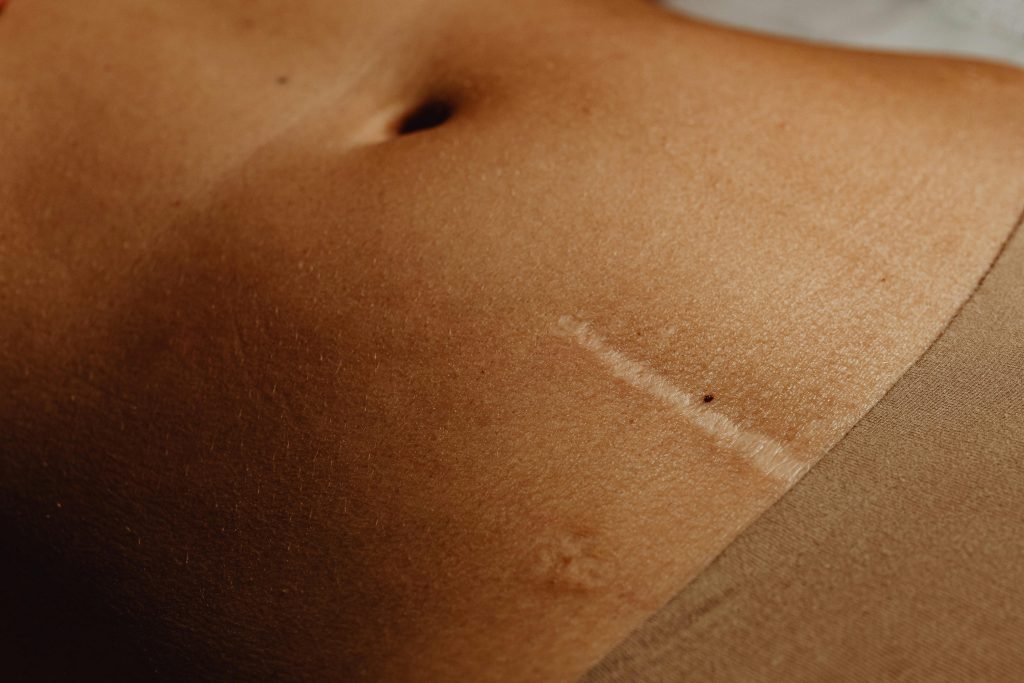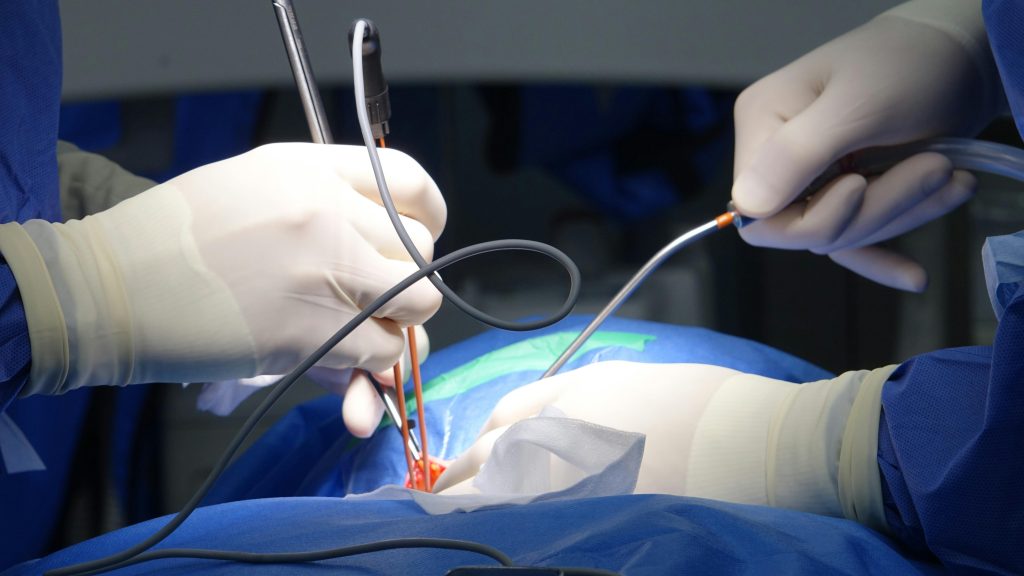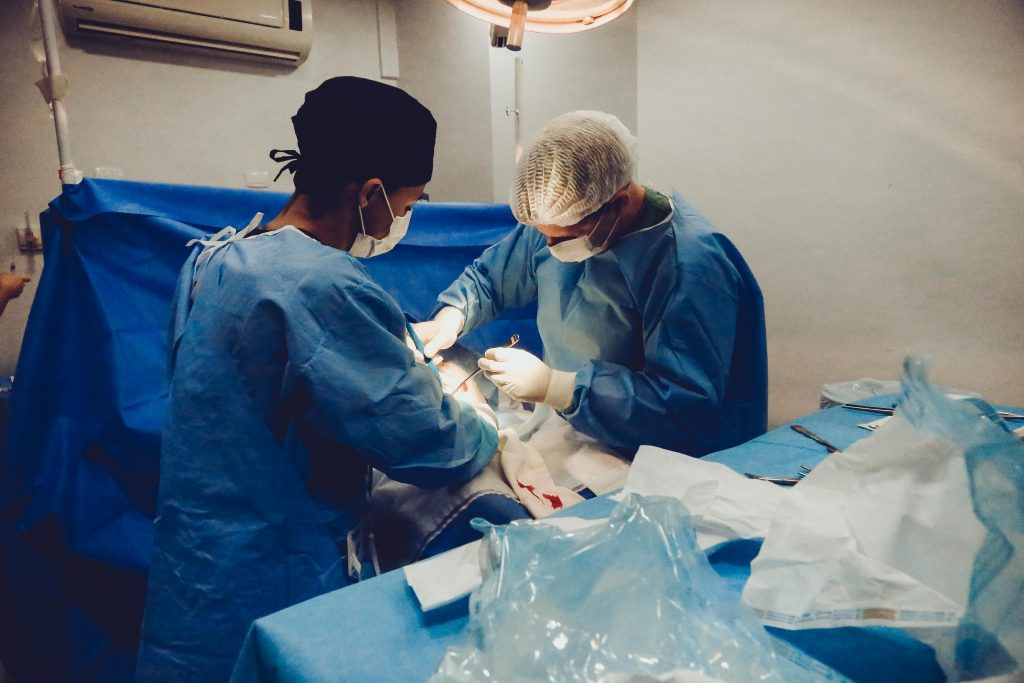The Unseen Side of Success
The journey of significant weight loss is often celebrated, and rightly so. It’s a testament to dedication, perseverance, and a commitment to a healthier life. However, beyond the numbers on the scale and the changes in clothing size, many individuals encounter a less discussed but equally impactful consequence: excess skin. While a symbol of past weight, this loose skin can present physical, emotional, and practical challenges. Understanding the causes, exploring management strategies, and knowing when to seek professional help are crucial steps in fully embracing your transformation.

Why Does Excess Skin Occur?
Our skin is a remarkable organ, possessing a degree of elasticity that allows it to stretch and contract with changes in body size. When weight gain occurs gradually, the skin often has time to adapt. However, significant and rapid weight loss can overwhelm this natural elasticity. Several factors contribute to the development of excess skin:
- Amount of Weight Lost: The more weight lost, particularly if it’s a substantial amount (50 pounds or more), the higher the likelihood of having noticeable excess skin.
- Rate of Weight Loss: Rapid weight loss doesn’t give the skin enough time to shrink back effectively. A gradual and sustainable approach to weight loss generally allows for better skin retraction.
- Age: As we age, our skin naturally loses collagen and elastin, the proteins responsible for its firmness and elasticity. This reduced elasticity makes it harder for the skin to bounce back after weight loss.
- Genetics: Some individuals are genetically predisposed to have less elastic skin than others.
- Duration of Being Overweight: The longer someone has been overweight or obese, the more stretched the skin becomes, potentially reducing its ability to retract.
- Sun Exposure: Chronic sun damage can impair the skin’s elasticity over time, further hindering its ability to tighten after weight loss.
- Lifestyle Factors: Smoking, poor nutrition, and dehydration can also negatively impact skin health and elasticity.

The Challenges of Excess Skin:
Living with excess skin can present a range of challenges that go beyond mere aesthetics:
- Physical Discomfort: Loose skin can rub against itself, leading to chafing, irritation, and even skin infections like intertrigo. This can be particularly problematic in areas like the abdomen, inner thighs, and underarms.
- Hygiene Issues: Folds of skin can trap moisture and sweat, creating an environment conducive to bacterial and fungal growth, leading to unpleasant odors and infections.
- Limited Mobility: In severe cases, large amounts of excess skin can restrict movement and make physical activity more difficult.
- Body Image Concerns: Despite achieving significant weight loss, the presence of excess skin can negatively impact body image, self-esteem, and overall psychological well-being. It can be a constant reminder of past weight and hinder the feeling of truly embracing the new body.
- Difficulty Finding Clothes That Fit: Excess skin can make it challenging to find clothing that fits properly and comfortably. Clothes may be tight in some areas and loose in others.
- Cost of Specialized Garments: Compression garments, often recommended to manage excess skin, can be an ongoing expense.

Strategies for Managing Excess Skin:
While there’s no magic bullet to completely eliminate excess skin without medical intervention, several strategies can help manage it and potentially improve its appearance:
1. Lifestyle Adjustments:
- Continued Healthy Lifestyle: Maintaining a stable, healthy weight is crucial. Further weight fluctuations can exacerbate the problem.
- Hydration: Drinking plenty of water helps maintain skin elasticity and overall health.
- Nutrition: A balanced diet rich in lean protein, vitamins (especially Vitamin C), and minerals supports collagen production and skin health.
- Regular Exercise: While exercise won’t directly eliminate excess skin, building lean muscle mass can help fill out the space previously occupied by fat, potentially improving the overall contour. Focus on both cardiovascular exercise and strength training.
- Sun Protection: Protecting your skin from excessive sun exposure is vital to preserve its elasticity and prevent further damage. Use sunscreen regularly.
- Avoid Smoking: Smoking significantly impairs collagen and elastin production, hindering the skin’s ability to retract.
2. Topical Treatments:
- Moisturizers: While moisturizers won’t tighten loose skin dramatically, they can improve skin hydration and overall appearance, potentially making it look smoother. Look for products containing ingredients like hyaluronic acid and ceramides.
- Retinoids: Topical retinoids (prescription or over-the-counter) can stimulate collagen production and improve skin elasticity over time. However, results are gradual and may not be significant for substantial excess skin.
- Collagen-Boosting Creams: While many creams claim to boost collagen, their effectiveness in significantly tightening loose skin is limited due to the size of collagen molecules that cannot easily penetrate the skin.

3. Non-Surgical and Minimally Invasive Procedures:
These options may offer some improvement in skin tightening, but their results are typically less dramatic than surgical procedures and often require multiple sessions.
- Radiofrequency (RF) Skin Tightening: This procedure uses radiofrequency energy to heat the deeper layers of the skin, stimulating collagen and elastin production. It can lead to mild to moderate skin tightening over time.
- Ultrasound Skin Tightening (HIFU): High-intensity focused ultrasound delivers energy to deeper skin layers, promoting collagen production and tightening.
- Laser Skin Tightening: Various laser technologies can target different layers of the skin to stimulate collagen and improve skin texture and laxity.
- Cryolipolysis (CoolSculpting): While primarily a fat reduction treatment, some individuals may experience a slight degree of skin tightening in the treated areas as the fat volume decreases. However, it’s not a primary solution for excess skin.
- Injectable Treatments (e.g., Sculptra, Radiesse): These injectables stimulate collagen production in the deeper layers of the skin, which can lead to gradual improvement in skin firmness.
4. Surgical Options (Body Contouring):
For individuals with significant excess skin that impacts their physical comfort, hygiene, or psychological well-being, surgical body contouring procedures are often the most effective solution. These procedures involve removing excess skin and fat to reshape and tighten the body. Common surgical options include:
- Abdominoplasty (Tummy Tuck): This procedure removes excess skin and fat from the abdomen and tightens the abdominal muscles. Different types of tummy tucks exist, depending on the amount and location of excess skin.
- Brachioplasty (Arm Lift): This surgery removes excess skin and fat from the upper arms.
- Thigh Lift: This procedure removes excess skin and fat from the inner or outer thighs.
- Mastopexy (Breast Lift): This surgery lifts and reshapes the breasts by removing excess skin. It can be combined with breast augmentation or reduction.
- Lower Body Lift: This more extensive procedure addresses excess skin on the abdomen, hips, thighs, and buttocks.
- Panniculectomy: This procedure specifically removes the apron of excess skin hanging down over the lower abdomen. It is often performed for medical reasons, like hygiene issues.

Important Considerations Regarding Surgery:
- Consultation with a Board-Certified Plastic Surgeon: It’s crucial to consult with a qualified and experienced board-certified plastic surgeon who specializes in post-bariatric surgery. They can assess your individual situation, discuss your goals, and recommend the most appropriate procedures.
- Realistic Expectations: While surgery can significantly improve the appearance of excess skin, it will result in scars. Understanding the potential risks, benefits, and limitations of each procedure is essential.
- Medical Evaluation: You’ll need to undergo a thorough medical evaluation to ensure you are a suitable candidate for surgery.
- Recovery Period: Surgical procedures require a significant recovery period, with specific instructions to follow for optimal healing.
- Cost: Body contouring surgeries can be expensive and are typically not covered by insurance unless deemed medically necessary (e.g., for recurrent infections or functional limitations).

Emotional and Psychological Well-being:
Dealing with excess skin can be emotionally challenging. It’s important to acknowledge these feelings and seek support if needed:
- Therapy or Counseling: A therapist or counselor can provide a safe space to process emotions related to body image and self-esteem.
- Support Groups: Connecting with others who have experienced similar challenges can provide valuable emotional support and practical advice.
- Focus on Achievements: Remember and celebrate the significant health improvements you’ve achieved through weight loss. Excess skin is often a byproduct of this success.
- Practice Self-Compassion: Be kind and patient with yourself during this process. It’s a journey, and there will be ups and downs.
Conclusion:
Navigating the challenges of excess skin after significant weight loss requires a multifaceted approach. Lifestyle adjustments, topical treatments, non-surgical procedures, and surgical options all play a role in managing this issue. Understanding the causes, exploring available strategies, and prioritizing both physical and emotional well-being are crucial steps in embracing your transformed body and celebrating your remarkable achievement. Remember that you are not alone in this journey, and seeking support from healthcare professionals and support networks can make a significant difference.
Previous post on the same topic here: https://www.bariradka.com/2024/08/26/loose-skin-after-bariatric-surgery/


